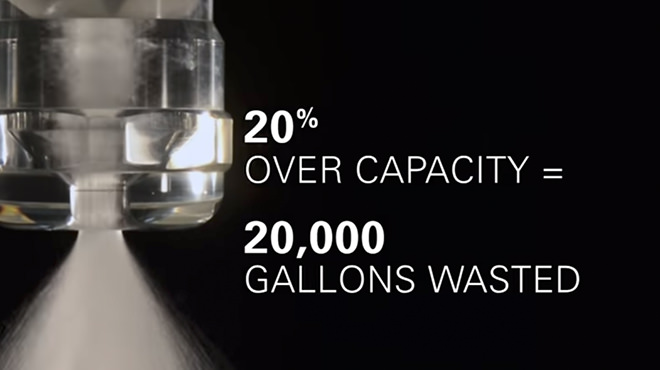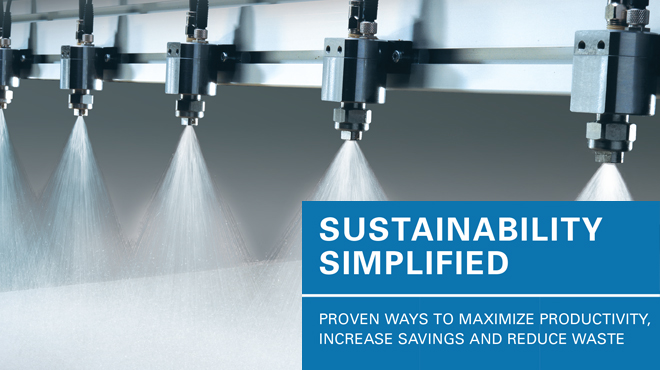Unexpected Outcomes of Making Your Operations More Sustainable
Unexpected Outcomes of Making Your Operations More Sustainable
Operating more sustainably will help you save water, chemicals and energy. Those are the expected outcomes. However, sustainable enhancements can also help you achieve some other key objectives in your operations.
In many industries, the short list of plant priorities includes productivity, efficiency, savings, product quality and safety.
That’s not surprising, but this may be: Increasing your plant’s sustainable practices can actually help you achieve every one of those priorities. In fact, some simple changes can yield significant results for your operations and pay for themselves in a matter of months, if not weeks. In addition, sustainable enhancements can also help you achieve some other key objectives in your operation. Below are six unexpected outcomes of making your operations more sustainable.
“TOO GOOD TO BE TRUE”?
When Kevin, one of our sustainability specialists, presented our findings to a leading snack foods company, the projections were met with skepticism.
“They thought it was too good to be true,” Kevin recalled. “Basically, they told us if they reached half of those numbers, it would be amazing.” As it turned out, the company actually surpassed the projections.
“We helped them save 500 million gallons (1,892,706 kiloliters) of water per year and US$10 million dollars in water and energy. They definitely believe in the results now.”



